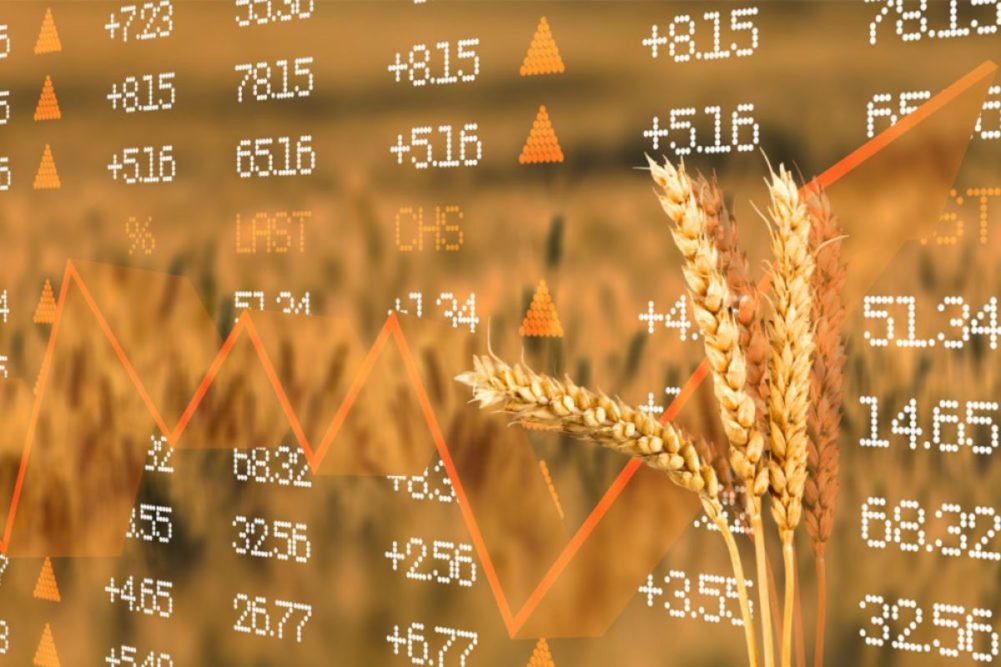ROME, ITALY — Increasing meat prices and small upticks in vegetable oil and cereal pushed the benchmark index for world food commodity prices up 0.3 points in April, the Food and Agriculture Organization (FAO) of the United Nation reported on May 3.
The FAO Food Price Index stood at 119.1 points, registering a second monthly uptick following a seven-month long declining trend. However, the index was down 9.6 points or 7.4% from its value a year ago.
The FAO Cereal Price Index averaged 111.2 points in April, up 0.3 points (0.3%) from March but 25 points (18.3%) below its April 2023 value.
After declining for three consecutive months, average global wheat export prices stabilized in April. Upward price pressure stemming from concerns about unfavorable crop conditions impacting 2024 harvests in parts of the EU, Russia and the US was countered by continuing strong competition among major exporters.
In comparison, corn export prices increased in April, mostly due to high import demand as logistical disruptions continue and reduced production prospects in Brazil.
For other coarse grains, world prices of barley also rose while those of sorghum declined in April. The FAO All Rice Price Index declined by 1.8%, largely due to falls in Indica quotations driven by harvest pressure.
The FAO Vegetable Oil Price Index averaged 130.9 points, up 0.3 points (0.3%) month-on-month and marking a 13-month high. The marginal increase reflects the net effect of higher sunflower and rapeseed oil quotations, more than offsetting slightly lower palm and soy oil prices.
World soy oil prices declined after a short-lived recovery, reflecting prospects of ample supplies from South America following favorable soybean production outlook. By contrast, international sunflower and rapeseed oil prices kept rising, underpinned by, respectively, continued firm global import purchases and concerns over unfavorable weather conditions for winter rapeseed in parts of Europe.






